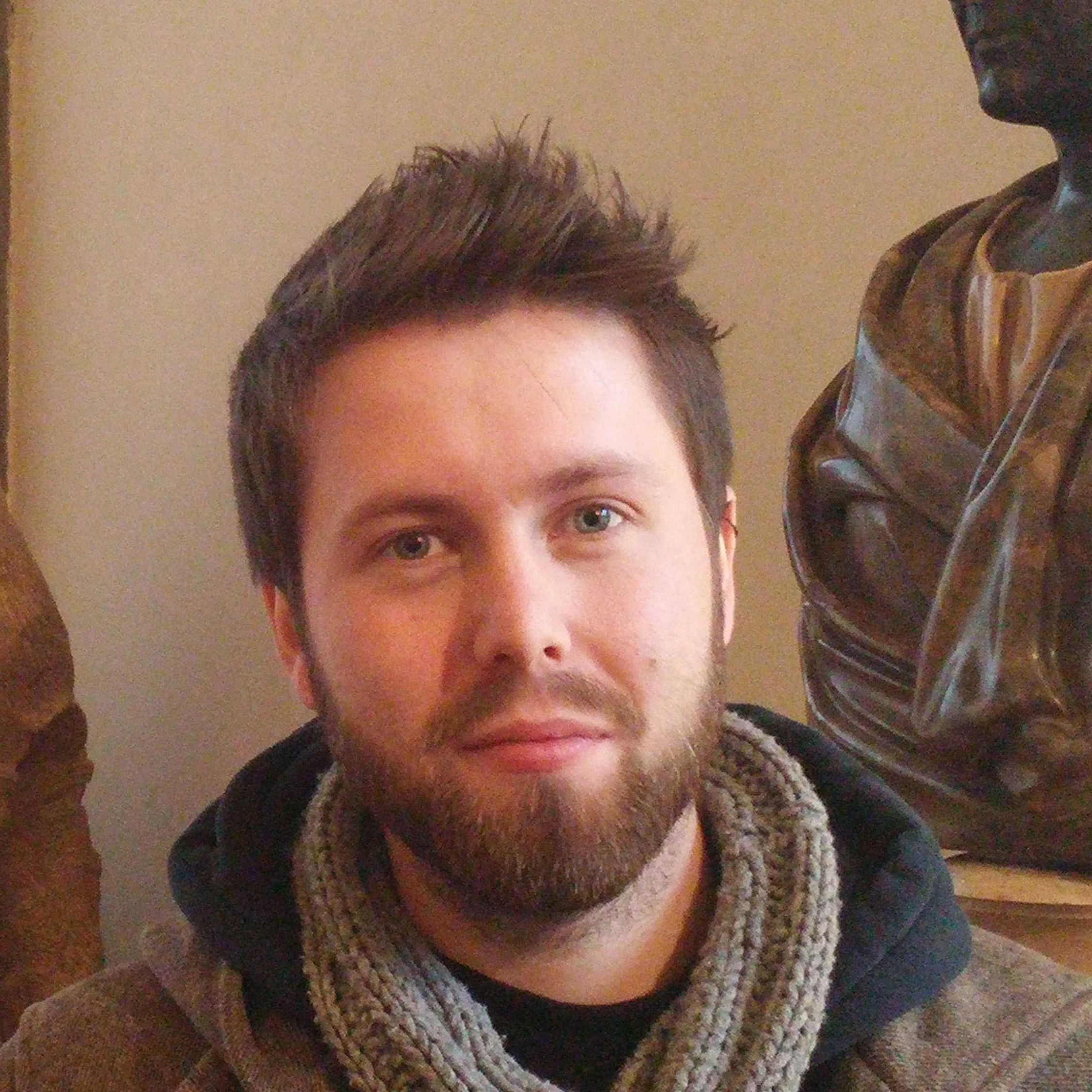
CIRO RICCIO
Assistant Professor
Physics and Astronomy
ciro.riccio@stonybrook.edu | (631)-632-8104, Physics D-108
Research Group Website
Curriculum Vitae. (Last updated: 2024 Sep 24)
Biography
Ciro Riccio is an Assistant Professor at Stony Brook University. He got his Ph.D.
in January 2018 with a thesis titled "Measurement of the antineutrino flux and cross
section at the near detector of the T2K experiment" that has been performed under
a joint Ph.D. agreement between Università degli Studi di Napoli Federico II in Italy
and Université Paris-Saclay, Commissariat à l’énergie atomique et aux énergies alternatives
(CEA) in France. From 2018 to 2020 he was Postdoctoral Associate at Università degli
Studi di Napoli Federico II and in May 2020 he joined the NN group at Stony Brook
as Postdoctoral Associate.
Research Statement
My research interests focus on understanding the matter-antimatter asymmetry in the
Universe, neutrino oscillations, neutrino-nucleus cross-sections, physics beyond the
standard model, statistical data analysis, and new detection technologies. I am currently
working on the long-baseline (LBL) neutrino oscillation experiments T2K and DUNE.
Neutrino oscillations are nowadays supported by a very large set of measurements obtained
with a variety of experimental configurations and techniques. The experimental results
can be interpreted in the framework of three active massive neutrinos, whose mass
and flavor eigenstates are related by the Pontecorvo-Maki-Nakagawa-Sakata (PMNS) matrix,
parameterized by three mixing angles and a CP-violating phase. The additional parameters
governing neutrino oscillation are the squared-mass differences of the mass eigenstates.
However, there are still three missing pieces of the puzzle: the precise value of
one mixing angle, the neutrino mass ordering, and the measurement of the CP-violating
phase that can shed light on the matter-antimatter asymmetry in the Universe. LBL
experiments will give a noteworthy contribution to their measurements in the next
two decades. Future experiments will achieve unprecedented precision, driven by both
the substantial amount of data they will collect and innovative detector technologies.
This will enable us to test, and eventually go beyond, the PMNS paradigm.
|
|
|


